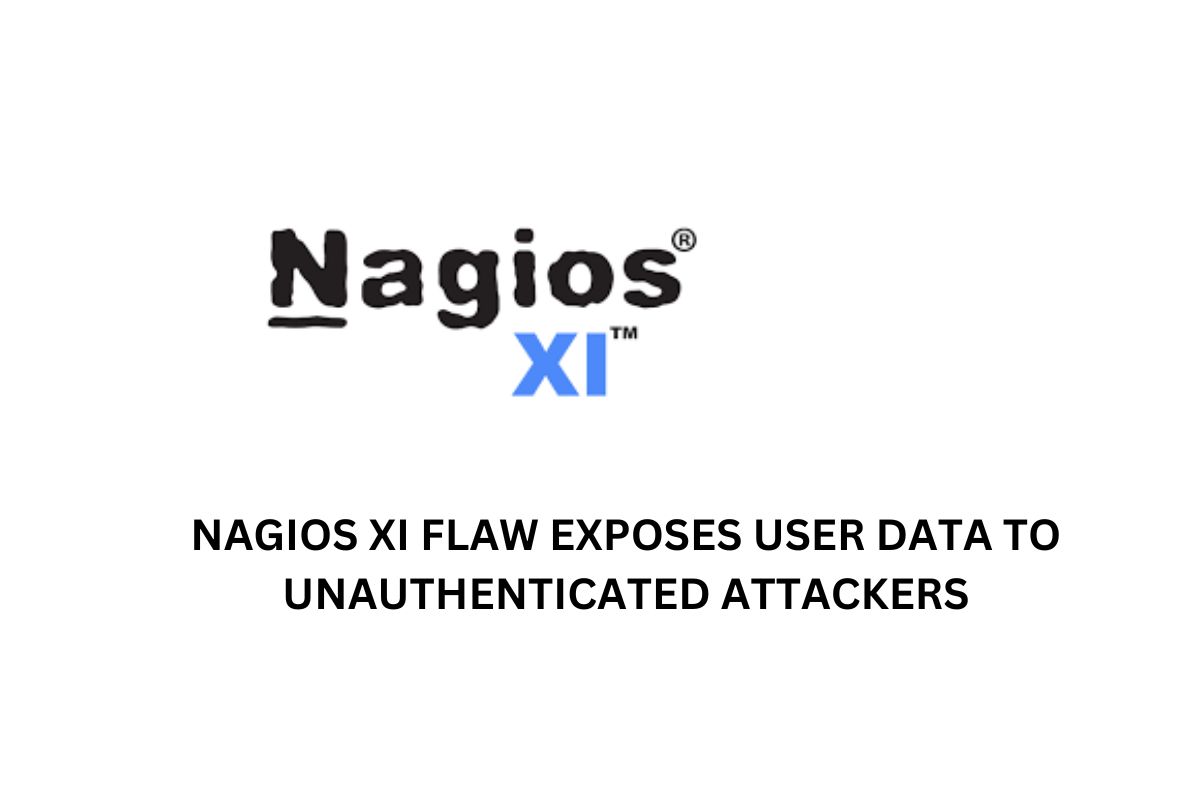
A critical vulnerability in Nagios XI 2024R1.2.2, tracked as CVE-2024-54961, exposes sensitive user information—including usernames and email addresses—to unauthenticated attackers. With a CVSSv3 score of 6.5, this flaw leaves organizations vulnerable to phishing attacks, credential stuffing, and lateral movement within compromised networks.
The flaw stems from improper access controls in Nagios XI’s web interface. Attackers can bypass authentication by crafting HTTP requests to access administrative pages, exposing user data without needing advanced exploitation techniques.
By targeting specific API endpoints, such as user management or system configuration panels, attackers can directly extract plaintext usernames and email addresses. This information disclosure flaw (CWE-200) results from the platform’s failure to validate user sessions and permissions for sensitive endpoints.
Key risks include:
This vulnerability adds to Nagios XI’s history of access control failures. In 2023, four critical vulnerabilities (CVE-2023-40931 to CVE-2023-40934) allowed data extraction through SQL injection and XSS attacks. A 2021 security audit had also revealed 24 vulnerabilities, including remote code execution flaws.
These recurring issues highlight systemic weaknesses in Nagios XI’s security architecture and emphasize the need for rigorous access control.
Nagios Enterprises has addressed the flaw in Nagios XI 2024R1.2.3. All users are urged to upgrade immediately.
For those unable to patch right away, the following steps are recommended:
/nagiosxi/admin/).Network monitoring tools like Nagios XI are critical to enterprise operations, making them attractive targets for cyberattacks. The recurring vulnerabilities in Nagios XI highlight the need for zero-trust principles in securing monitoring infrastructure.
Security teams must prioritize:
As cyber threats evolve, ensuring the security of operational tools like Nagios XI is vital to maintaining organizational resilience.